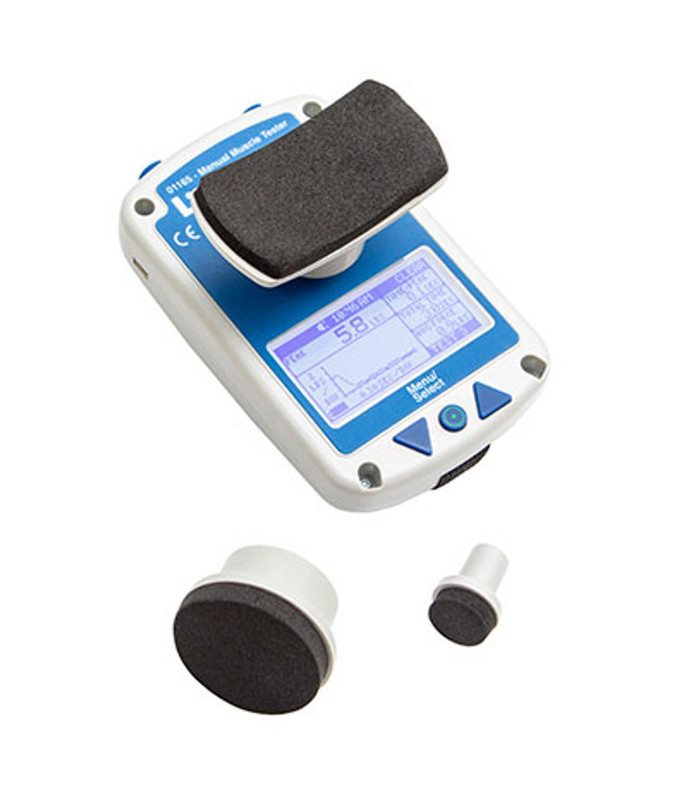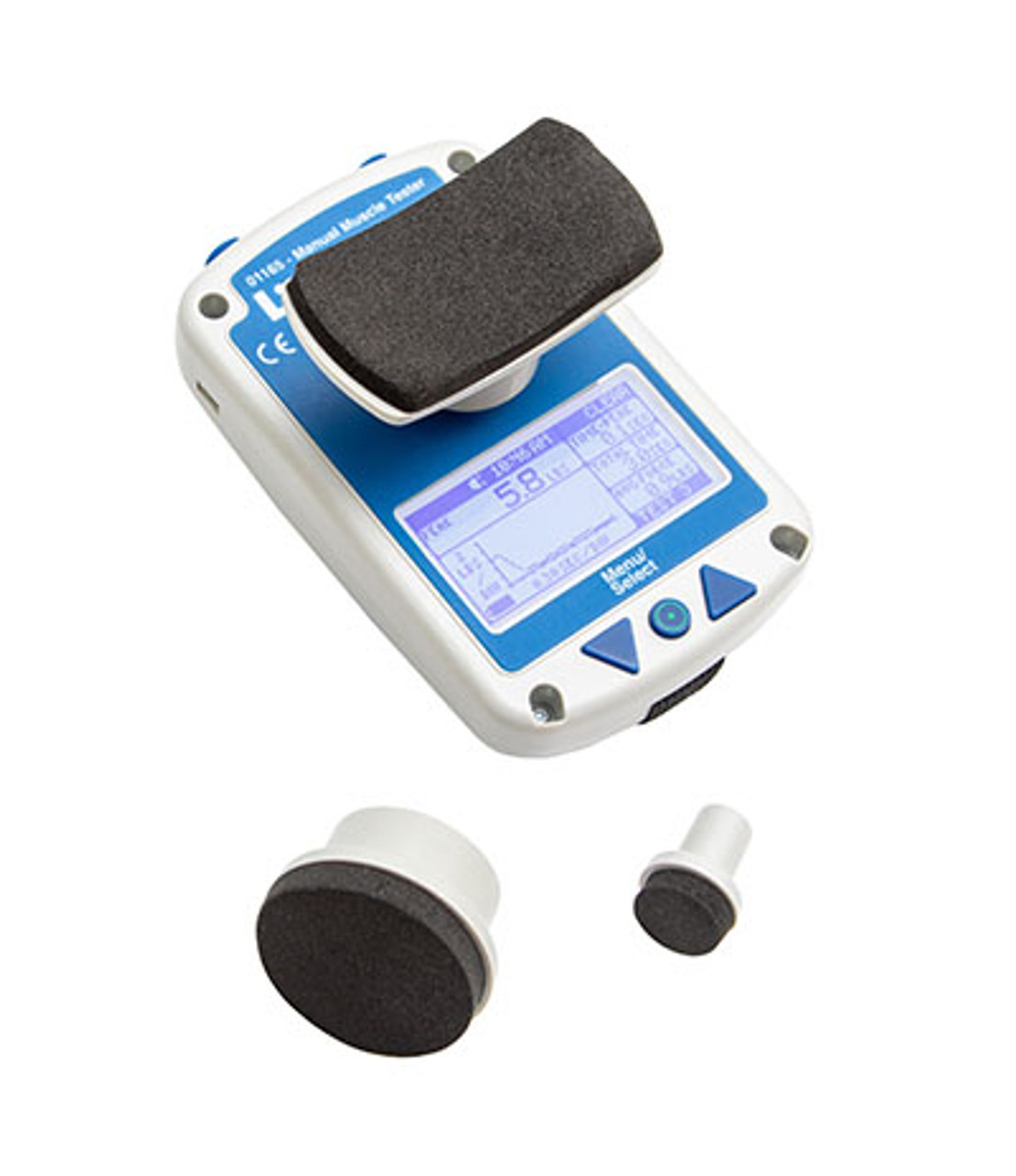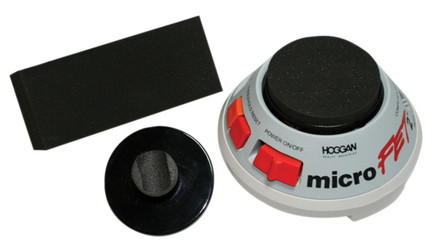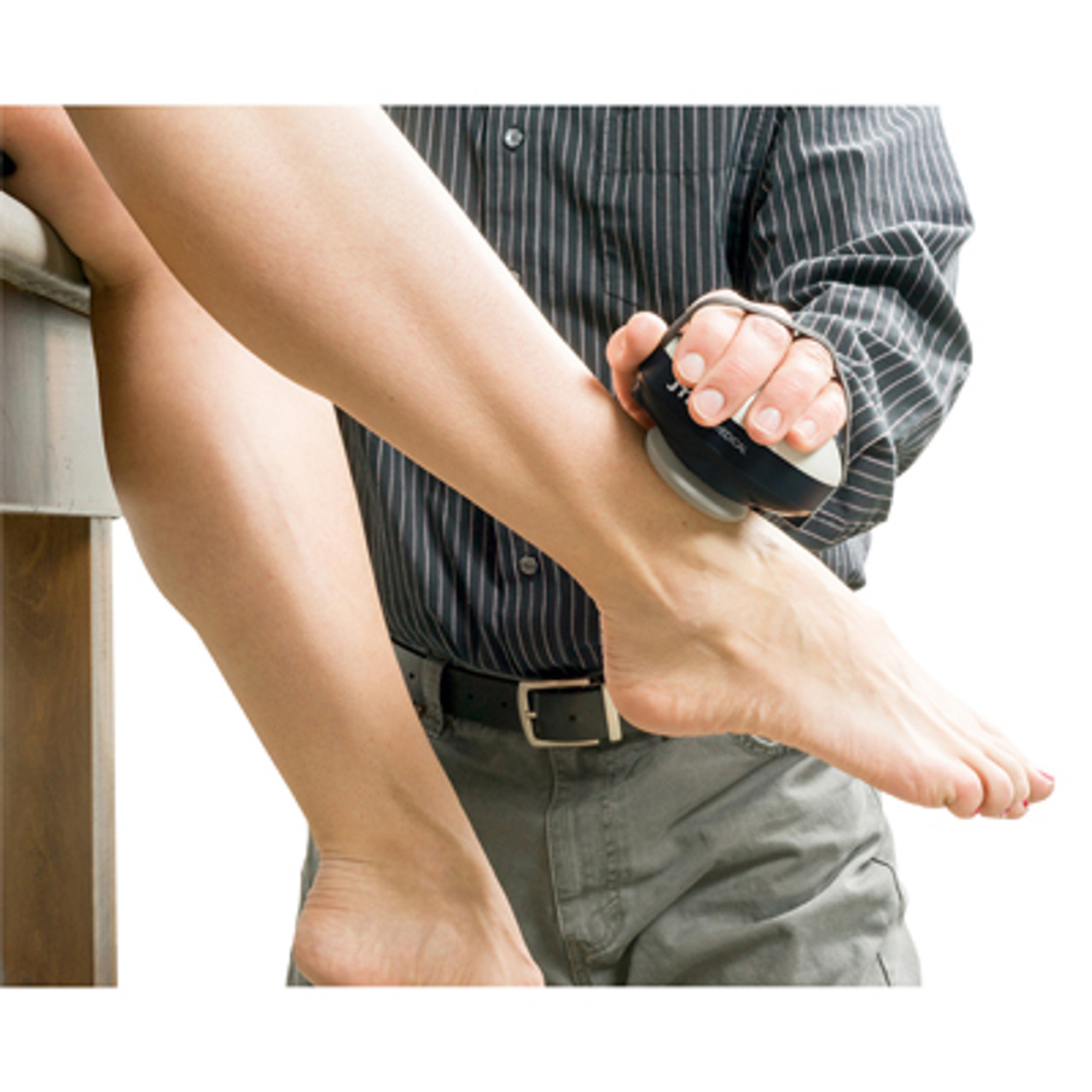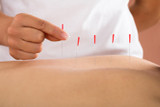Handheld Dynamometers for Manual Muscle Testing
Handheld dynamometers are commonly used in manual muscle testing to quantify muscle strength. These devices provide objective measurements, which can be useful for tracking progress in rehabilitation, assessing muscle weakness, or evaluating treatment effectiveness. Here's how they work and some considerations when using them:
How Handheld Dynamometers Work:
Handheld dynamometers typically consist of a force sensor connected to a handheld device with a display. The force sensor measures the force exerted by the muscle being tested. Users apply resistance against the dynamometer while the patient exerts force, and the device provides a reading in units such as pounds or kilograms.
Considerations for Using Handheld Dynamometers:
- Standardization: Consistency in testing technique is crucial for reliable results. Standardized testing protocols help ensure consistency across different testers and testing sessions.
- Patient Positioning: Proper positioning of the patient and the dynamometer is essential. The muscle being tested should be isolated and positioned in the appropriate anatomical position to ensure accurate readings.
- Muscle Groups: Handheld dynamometers can be used to assess various muscle groups throughout the body. Different techniques may be required depending on the muscle group being tested.
- Comparative Measurements: Comparing measurements to established norms or baseline measurements for the individual patient can provide valuable information about muscle strength deficits.
- Documentation: It's essential to document the specific muscle groups tested, the testing protocol used, and the results obtained for future reference and comparison.
- Patient Cooperation: Patients need to understand and cooperate with the testing procedure to exert maximal effort consistently.
- Calibration and Maintenance: Regular calibration and maintenance of the handheld dynamometer are necessary to ensure accurate and reliable measurements.
Benefits of Handheld Dynamometers:
- Objective Measurements: Handheld dynamometers provide objective data, reducing subjective bias in muscle strength assessments.
- Portable and Convenient: These devices are portable and can be easily transported for use in various clinical or field settings.
- Quantitative Data: The numerical readings provided by handheld dynamometers allow for precise tracking of changes in muscle strength over time.
Limitations:
- Skill Dependent: While handheld dynamometers offer objective measurements, the accuracy of the results can still depend on the skill and experience of the tester.
- Cost: High-quality handheld dynamometers can be expensive, which may limit their accessibility in some settings.
- Cooperation Dependency: Accurate measurements require full cooperation from the patient, which may be challenging in certain populations, such as pediatric or cognitively impaired patients.
In summary, handheld dynamometers are valuable tools for assessing muscle strength objectively in clinical and research settings. Proper technique, standardization, and patient cooperation are essential for obtaining reliable measurements.
Products Page for Handheld Dynamometers:
Handheld Dynamometers for Manual Muscle Testing
Recent Posts
-
Acupuncture vs. Dry Needling: What’s the Difference?
At first glance, acupuncture and dry needling might seem identical. Both involve inserting thin need …Jun 11th 2025 -
What Is Dry Needling? A Modern Approach to Pain Relief and Muscle Recovery
Chronic muscle pain, tension, and restricted movement can significantly impact your daily life, sign …Jun 11th 2025 -
The Kinetic Chain and Its Importance?
The kinetic chain is a key principle in physical therapy, referring to the way muscles, joints, and …Apr 18th 2025
